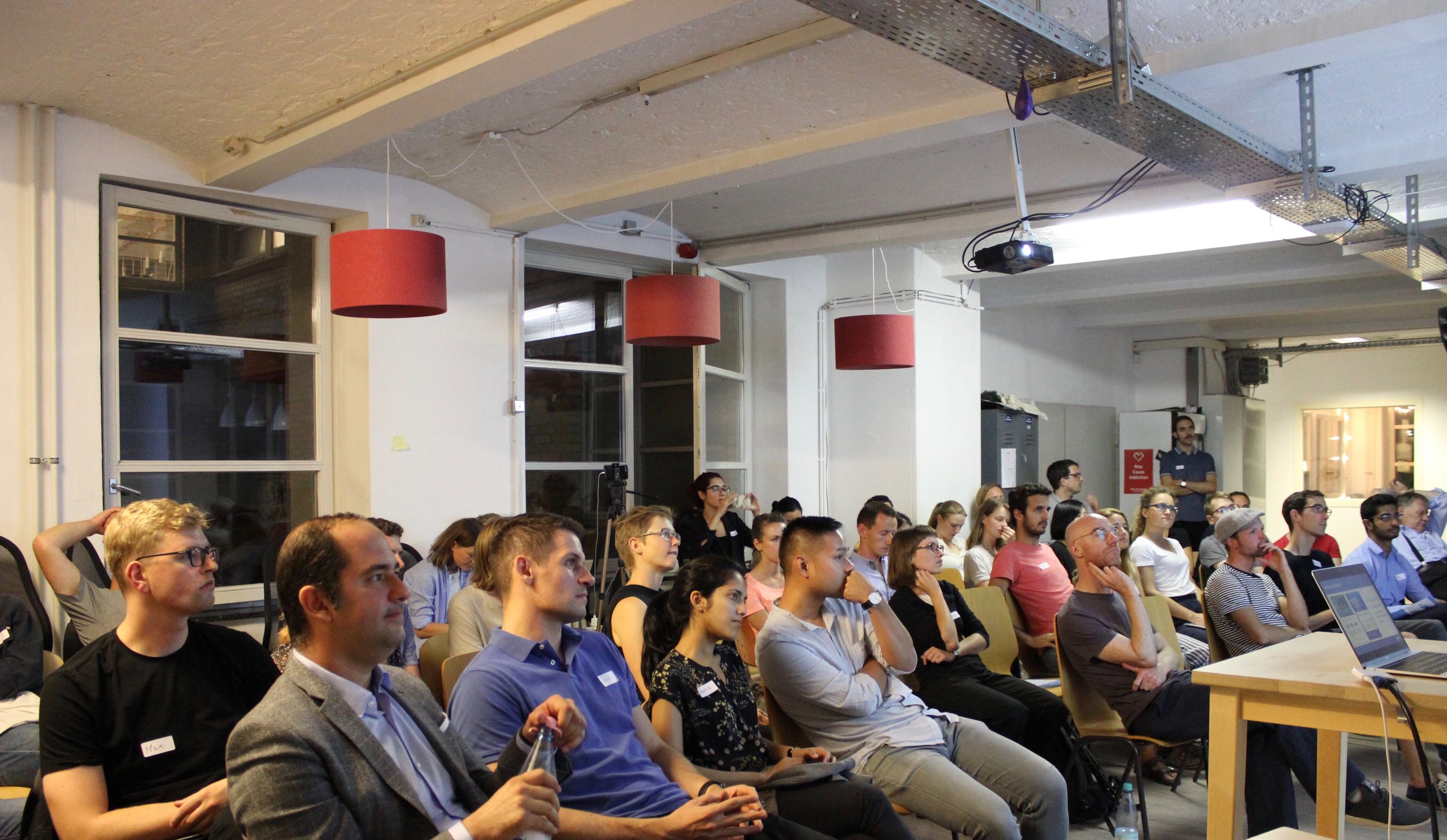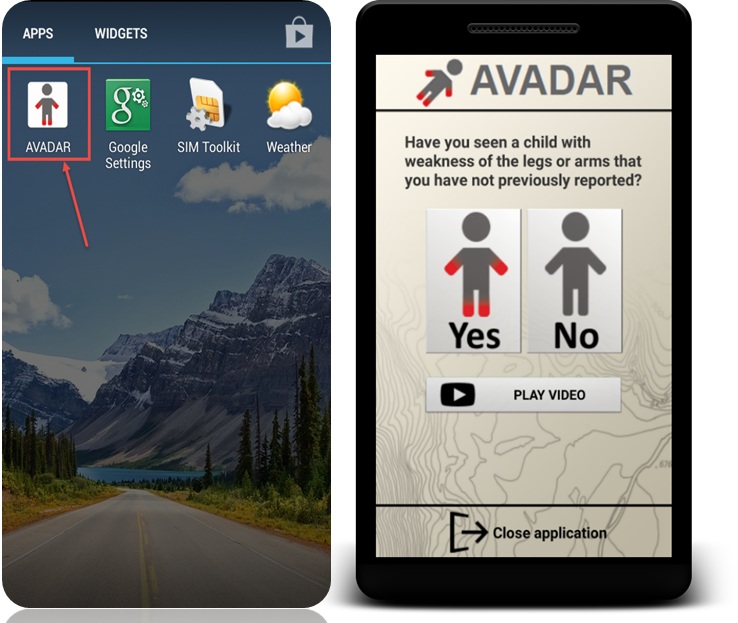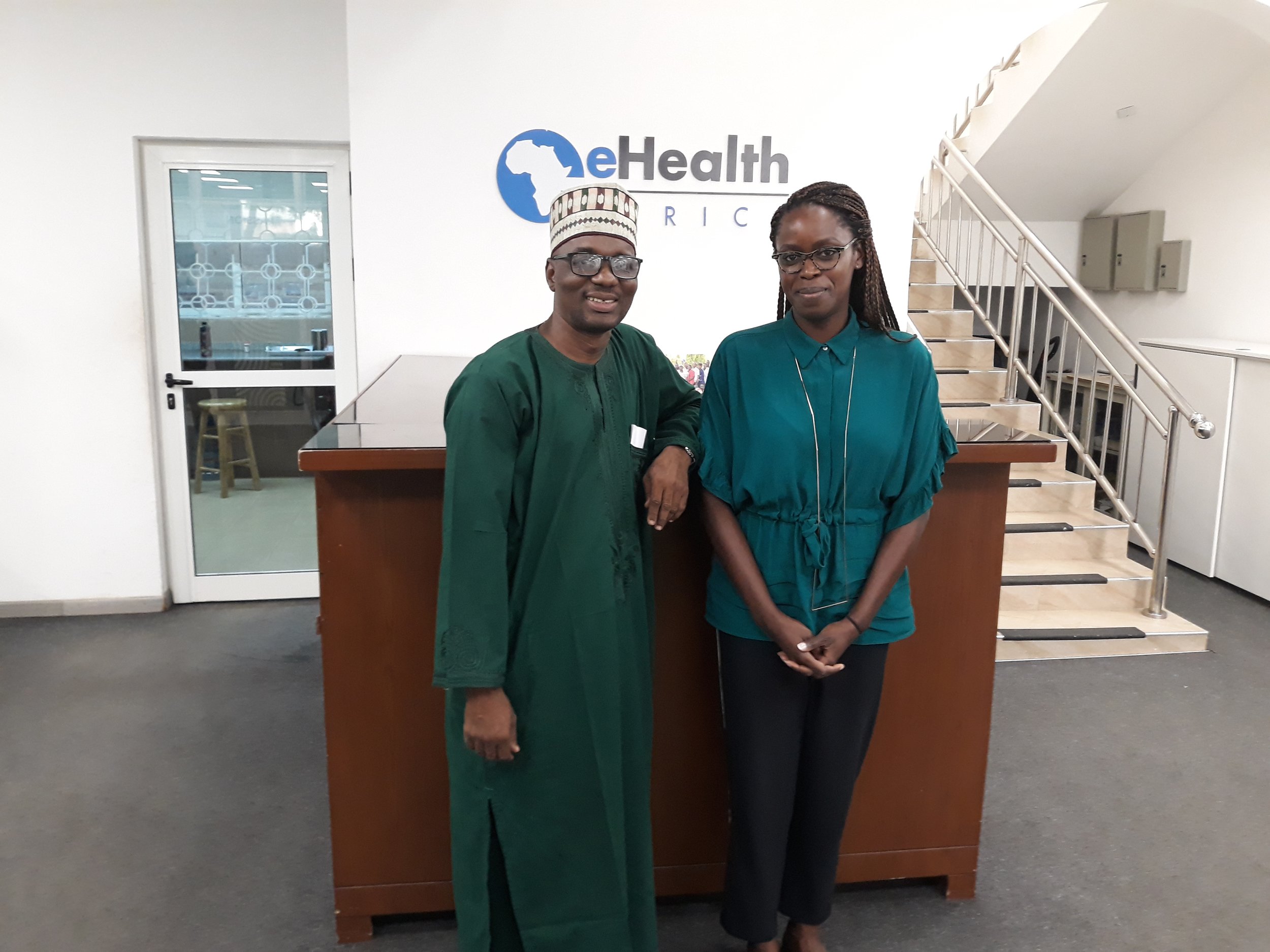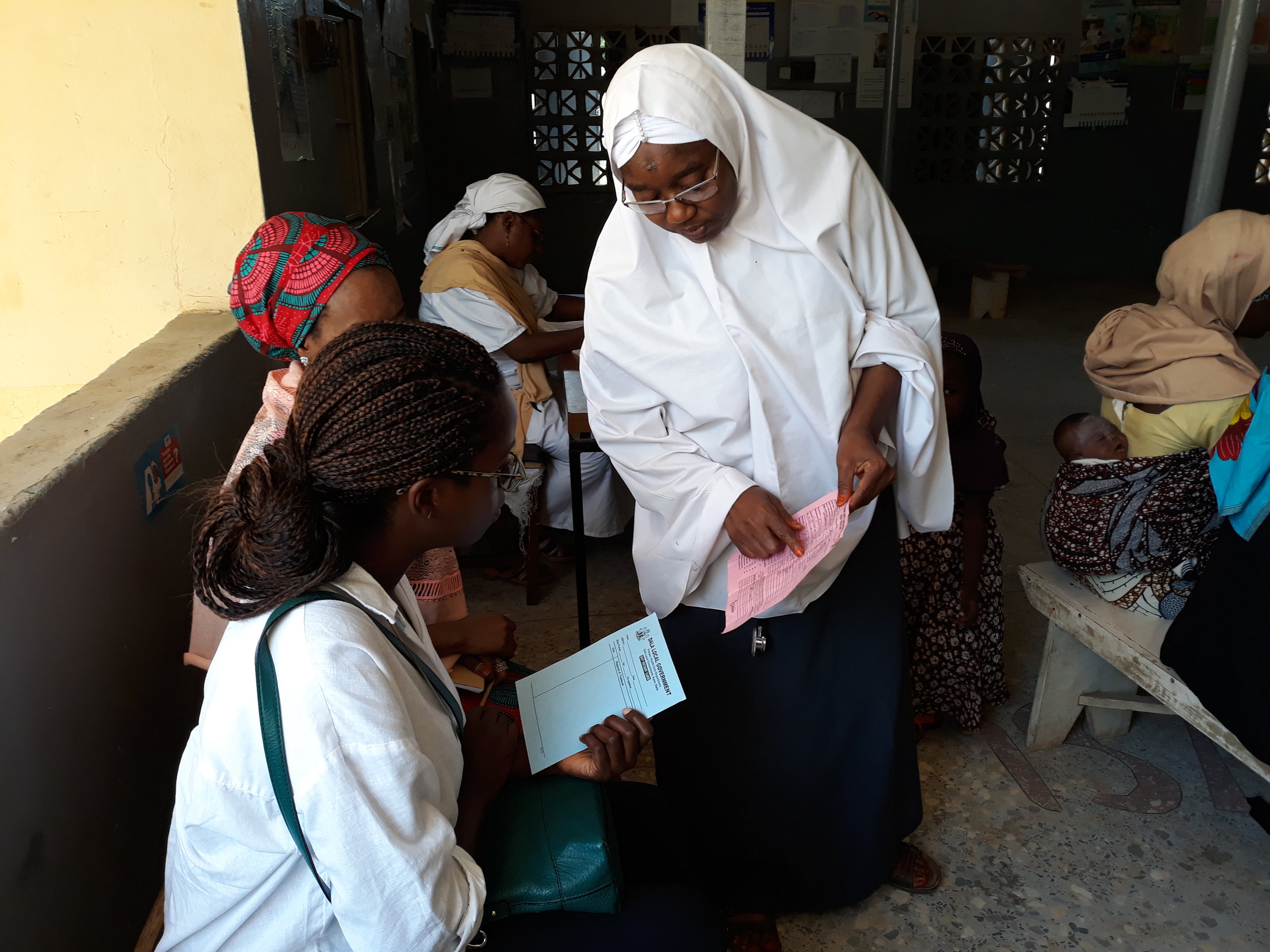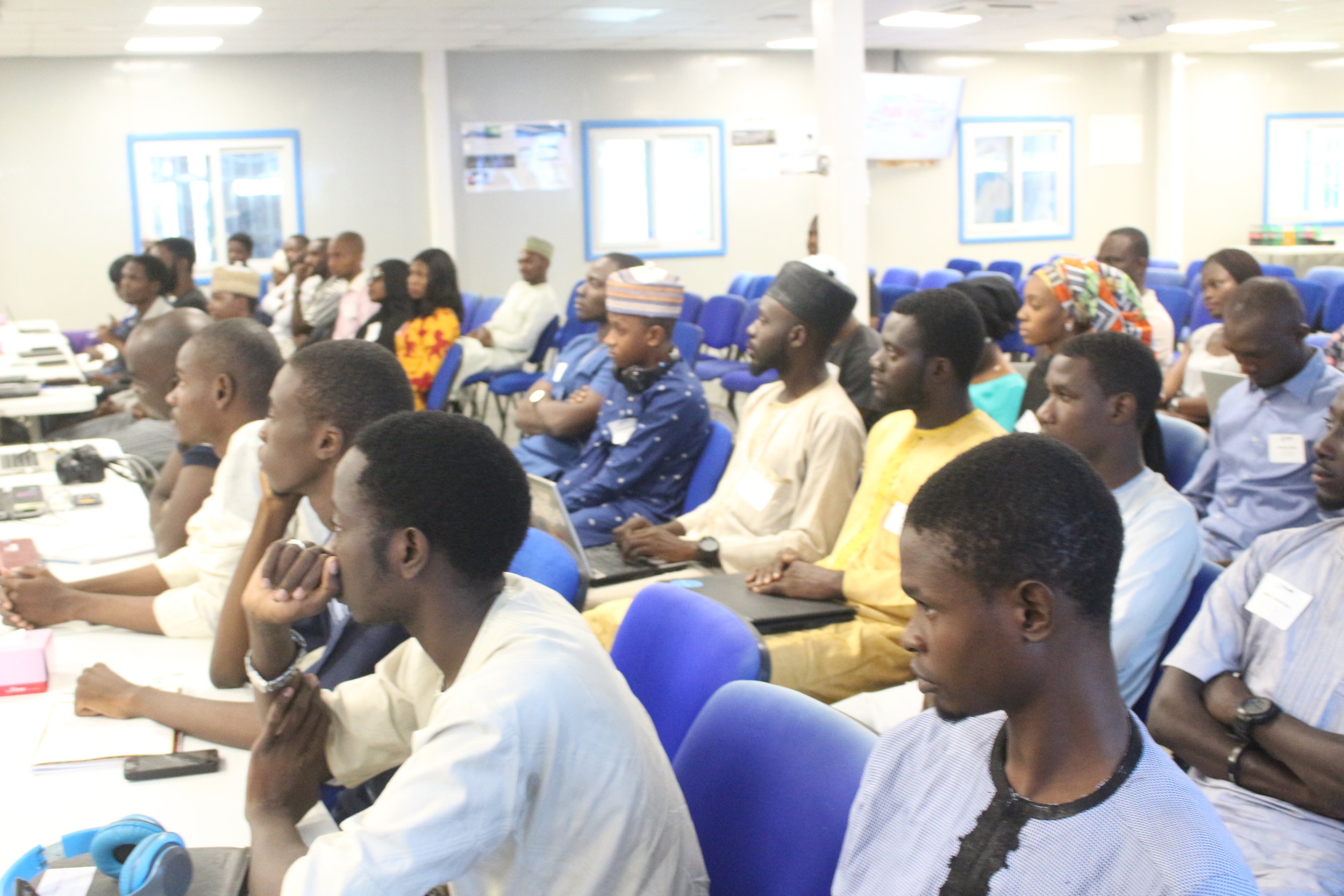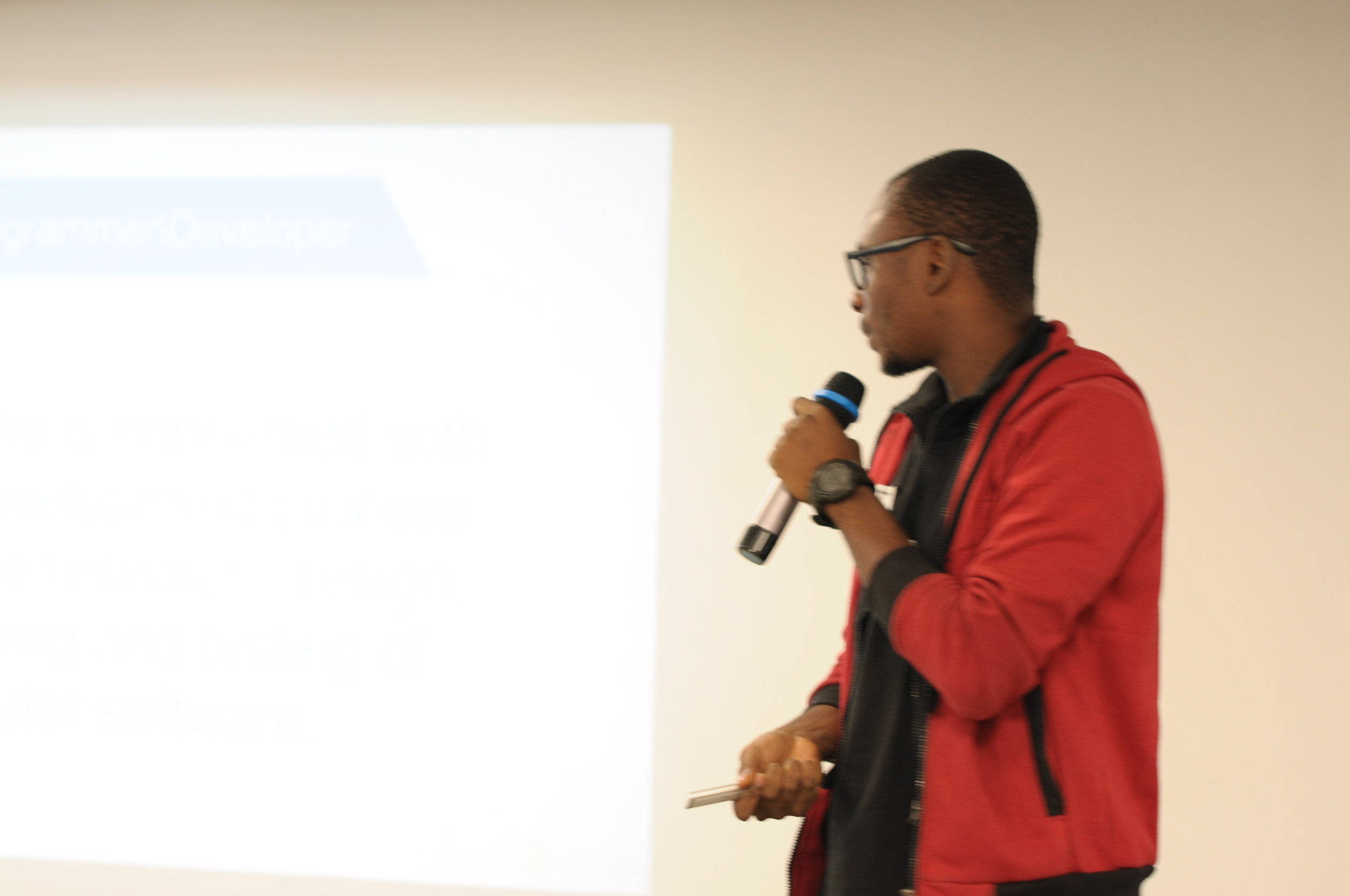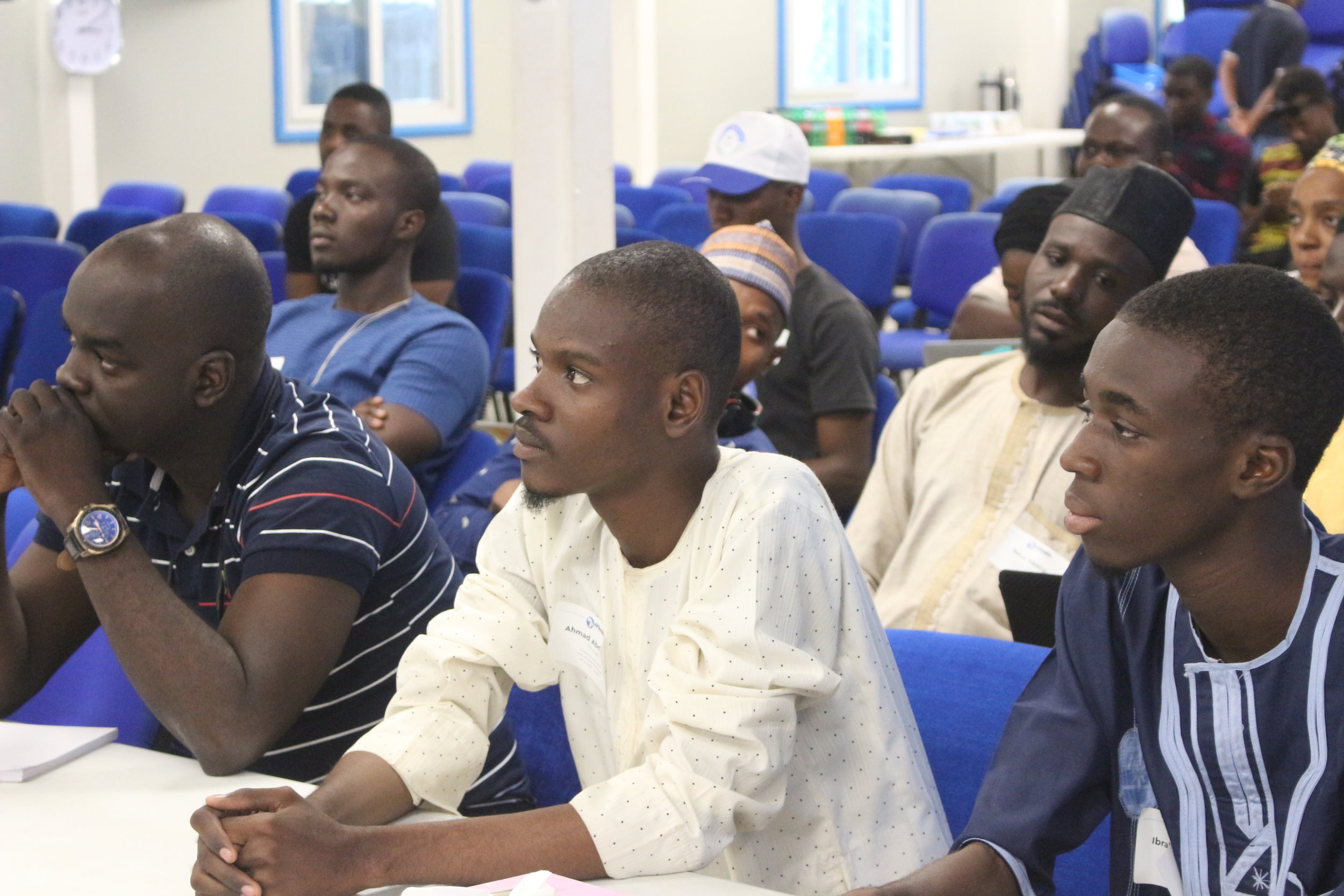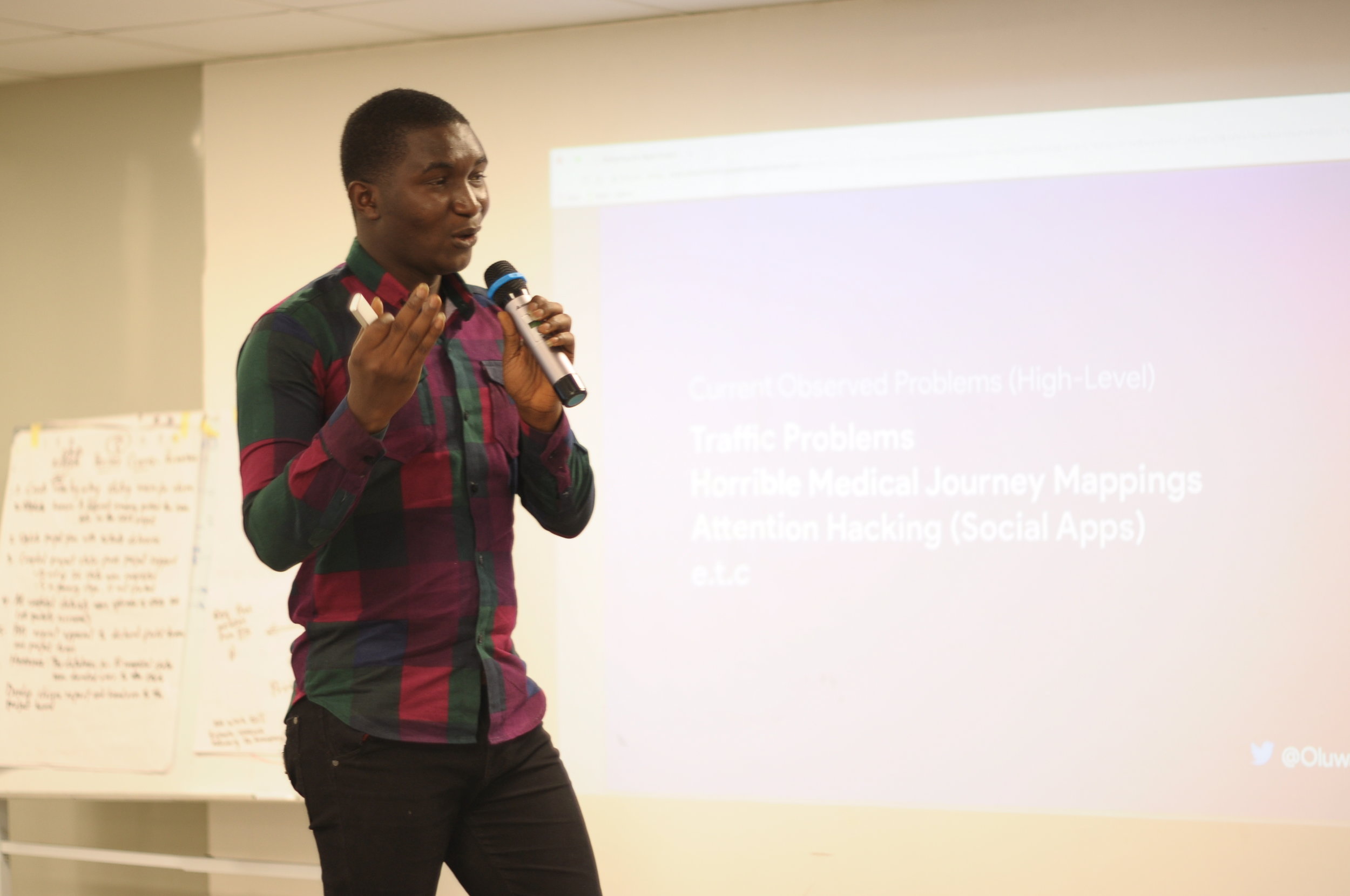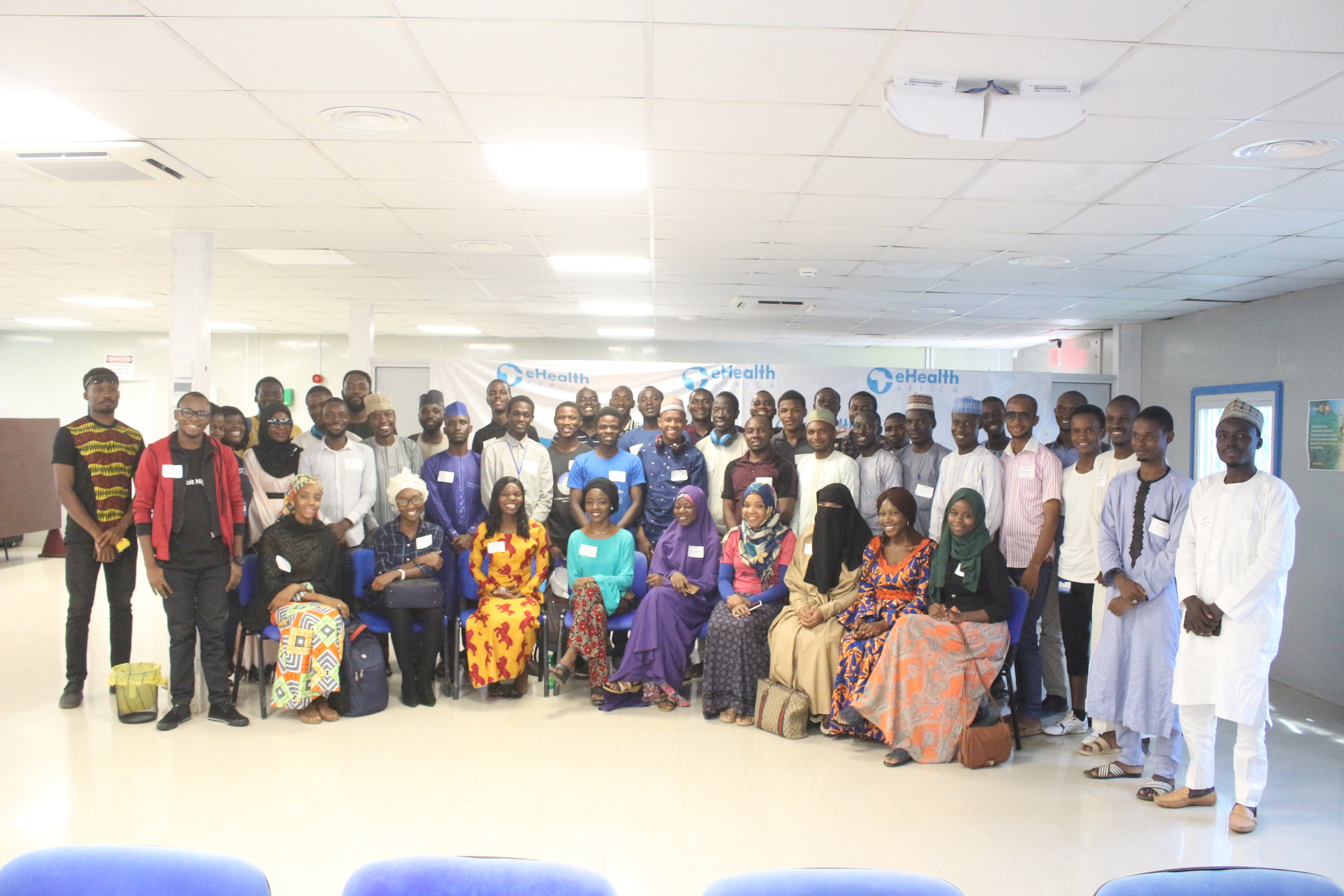More precisely, it is an integrated set of tools and services that allows developers to connect to data sources, interpret data structures, and map attributes into a normalized set of entities defined by a formal schema. Aether flows the resulting data in real-time to one or more downstream destinations. The publication process is open and modular – the destinations receive data based on the schema (a de facto contract) and are completely insulated from the source systems. Data can be delivered concurrently to multiple destinations.
In this way, Aether facilitates the flow of data between data-producing and data-consuming applications, enhances data security and privacy, and accelerates the transmission of data between organizations. Basically, Aether allows for faster and more accurate data-driven decision making that helps save lives.
Aether helps organizations exchange health data faster and easier, but most of all it improves the productivity of developers that create ehealth solutions. According to Doug Moran, Aether is a product built by developers for developers to facilitate their work and free them to focus on the actual solution rather than infrastructure. Solutions become easier to deploy, maintain, and upgrade than traditional one-off projects built from scratch. By building on a common foundation, the software development process becomes well defined, predictable, and repeatable.
Basically, Aether is a framework of best practices for ehealth systems design. The Aether developers have done much of the dirty grunt work so that the project teams can do the exciting and heroic stuff that solves real problems for real people.
And what about Gather ?
Dave also talked to us about Gather, the first solution and use case built on the Aether platform. Gather leverages Aether and 3rd-party open source software to collect and distribute data collected during large scale field surveys, receives survey data from forms submitted via Open Data Kit (ODK), and ingests it into an Aether pipeline for processing and distribution. The Gather solution includes the ability to flow data into ElasticSearch / Kibana as well as the CKAN Open Data Portal. The Aether platform services are used to package and operate the ODK components, the Gather user interface, the Aether core modules and the Aether publishers. Gather is just the first – but arguably the most universal – use case that eHA will address with Aether.
Technical Team Lead Adam Butler elaborated on the implementation of Gather across the countries where eHA’s operates. He explained that in Sierra Leone, the CHAMPS (Child Health and Mortality Prevention Surveillance) network uses Gather to collect data as part of an initiative to identify and prevent child death. In Nigeria, the GRID (Geospatial Reference Information Data) project uses Gather to collect spatial reference data and other points of interest such as health facilities, schools, markets, and post offices to create a geo-database that the government uses for data-driven decision making. In the Democratic Republic of the Congo, the DRC Microcensus project used Gather to conduct a microcensus in the region of Kinshasa and Bandundu in order to predict how many people live in each settlement and estimate the total population for DRC, information that is playing a vital role in the current Ebola outbreak.
What is eHA’s vision for Aether ?
According to the Aether team, eHealth Africa’s goal is to establish and support a vibrant global community around Aether and Aether-enabled solutions. Aether serves three distinct purposes:
A platform for integrating, distributing, and operating sophisticated solutions for specific ehealth industry use cases.
A facility for organizations that are taking their first steps into data governance and (internal) application interoperability.
A controlled “on ramp” for organizations that engage in formal data sharing using international standards.
Aether will be launched as open source software this summer. Stay tuned for the release announcement!






